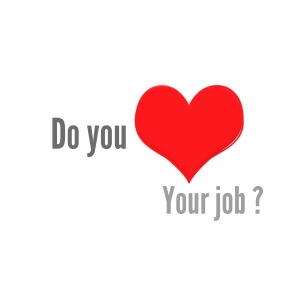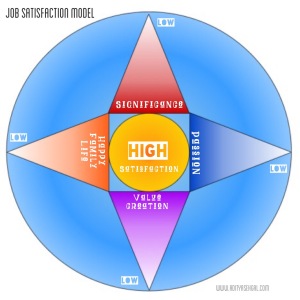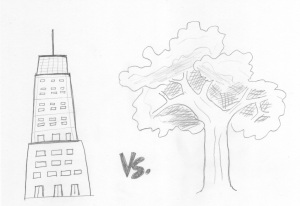On Jan 9 2007, when Steve Jobs launched the iPhone at Macworld, he changed the world. Sixteen years later, on Jun 5, 2023, when Tim Cook said ‘one more thing’ to introduce the Apple Vision Pro and spatial computing, he changed the world again.
I got my hands on the Vision Pro soon after it launched, and I’ve been using it for a few weeks now.
I’ve been blown away by the killer feature – Presence.
Apple has built a machine that transports your presence into another environment or someone else’s presence into yours. And it’s incredible how well this works.
To demonstrate this, Apple has created new ‘immersive video’ content. It’s beyond 3D – it’s as if you are there. I gasped as I watched Faith Dickey fall off a high line 3000 feet over the fjords of Norway – it was as if she was three meters away in real life. I experienced the ‘real’ presence of Alicia Keys in a recording studio. It wasn’t just about seeing her on a screen; it was about feeling her energy and passion as if I were standing beside her. I couldn’t help smiling in wonder as the virtual butterfly fluttered and parked itself on my finger.
My favourite workplace has been on the Moon for the past three weeks.
Yes, you heard that right – the Moon.
The Vision Pro has an immersive lunar environment, which is now my go-to place when I want to work in peace. Of course, it helps that I can set up a 100 ft tall, immersive screen there to watch my favourite Netflix show.
I recently went to watch Dune 2 in an IMAX theatre in London. The screen felt small, and the experience was underwhelming compared to my theatre on the Moon.
Movies, concerts, and tourism will be changed forever with Vision Pro. We will go from being passive observers to fully immersed in the experience. I’ve already felt the excitement of a live concert and explored far-off destinations from my home; Vision Pro has opened up a world of possibilities.
But Vision Pro isn’t just about entertainment. It’s also already transforming the way I work and collaborate.
As I work on developing Asgard.world, I’ve overlaid digital tokens in the real world through AR on my phone and Vision Pro. It’s been wonderful to experience firsthand how Vision Pro can bring digital tokens to life and give them a real presence in human perception.
Adding a real presence while collaborating with coworkers in the same virtual space, regardless of physical location, will make telecommuting more efficient and connected.

And the personalized experiences that Vision Pro offers are truly remarkable. Whether trying on clothes virtually or exploring architectural designs in 3D, Vision Pro will allow us to interact with digital content in ways that were never possible.

We know that technologies evolve along an S Curve, starting slow, then experiencing rapid growth, and finally plateauing as they reach maturity. The current version of the Vision Pro is just at the start of its journey along the S Curve. As it continues to develop, it will become more accessible and convenient to use, reaching a point where it becomes as ubiquitous as smartphones are today. A decade from now, I can fully see a world where a more efficient, slimmed-down version of the Vision Pro (perhaps 2X the weight of a pair of goggles) and Android variants will be attached to every face like smartphones are attached to every hand today.
The intersection of Vision Pro with VR/XR and AI represents the convergence of presence and prediction. VR/XR technologies serve as presence machines, allowing users to bring their presence to other places or bring others’ presence to them.
On the other hand, AI acts as a prediction machine, enabling better predictions and actions.
When combined with tokenization, which allows physical objects, content and services to become tangible and tradable, we enter a world where prediction and personalization engines operate within an environment where everything can be tokenized and traded at scale.
In this future world, Vision Pro, AI, and tokenization are driving forces that will transform our reality. With Vision Pro (and its successors) enhancing our perception of the world, AI providing insights and predictions, and tokenization enabling the exchange of tangible and intangible assets, we are on the cusp of a paradigm shift that will redefine how we interact with technology and each other.
Spatial computing, AI, and tokenization are all general-purpose technologies – they can have far-reaching consequences, and we often don’t see the possibilities. Very few people thought that the result of the iPhone launch would be the demise of traditional taxi services.
I advise readers that now is the time to lean forward into these technologies. Those who find use cases for them now have a good chance of being the disruptors rather than the disrupted over the next decade.




